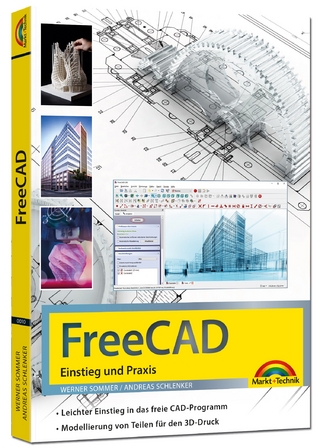
Scale-Space Theory in Computer Vision
Springer (Verlag)
978-0-7923-9418-1 (ISBN)
The problem of scale pervades both the natural sciences and the vi sual arts. The earliest scientific discussions concentrate on visual per ception (much like today!) and occur in Euclid's (c. 300 B. C. ) Optics and Lucretius' (c. 100-55 B. C. ) On the Nature of the Universe. A very clear account in the spirit of modern "scale-space theory" is presented by Boscovitz (in 1758), with wide ranging applications to mathemat ics, physics and geography. Early applications occur in the cartographic problem of "generalization", the central idea being that a map in order to be useful has to be a "generalized" (coarse grained) representation of the actual terrain (Miller and Voskuil 1964). Broadening the scope asks for progressive summarizing. Very much the same problem occurs in the (realistic) artistic rendering of scenes. Artistic generalization has been analyzed in surprising detail by John Ruskin (in his Modern Painters), who even describes some of the more intricate generic "scale-spacesin gularities" in detail: Where the ancients considered only the merging of blobs under blurring, Ruskin discusses the case where a blob splits off another one when the resolution is decreased, a case that has given rise to confusion even in the modern literature.
1 Introduction and overview.- 2 Linear scale-space and related multi-scale representations.- 3 Scale-space for 1-D discrete signals.- 4 Scale-space for N-D discrete signals.- 5 Discrete derivative approximations with scale-space properties.- 6 Feature detection in scale-space.- 7 The scale-space primal sketch.- 8 Behaviour of image structures in scale-space: Deep structure.- 9 Algorithm for computing the scale-space primal sketch.- 10 Detecting salient blob-like image structures and their scales.- 11 Guiding early visual processing with qualitative scale and region information.- 12 Summary and discussion.- 13 Scale selection for differential operators.- 14 Direct computation of shape cues by scale-space operations.- 15 Non-uniform smoothing.- A Technical details.- A.1 Implementing scale-space smoothing.- A.2 Polynomials satisfying the diffusion equation.
| Erscheint lt. Verlag | 31.12.1993 |
|---|---|
| Reihe/Serie | The Springer International Series in Engineering and Computer Science ; 256 |
| Zusatzinfo | XII, 424 p. |
| Verlagsort | Dordrecht |
| Sprache | englisch |
| Maße | 156 x 234 mm |
| Themenwelt | Informatik ► Grafik / Design ► Digitale Bildverarbeitung |
| Informatik ► Theorie / Studium ► Künstliche Intelligenz / Robotik | |
| ISBN-10 | 0-7923-9418-6 / 0792394186 |
| ISBN-13 | 978-0-7923-9418-1 / 9780792394181 |
| Zustand | Neuware |
| Informationen gemäß Produktsicherheitsverordnung (GPSR) | |
| Haben Sie eine Frage zum Produkt? |
aus dem Bereich


